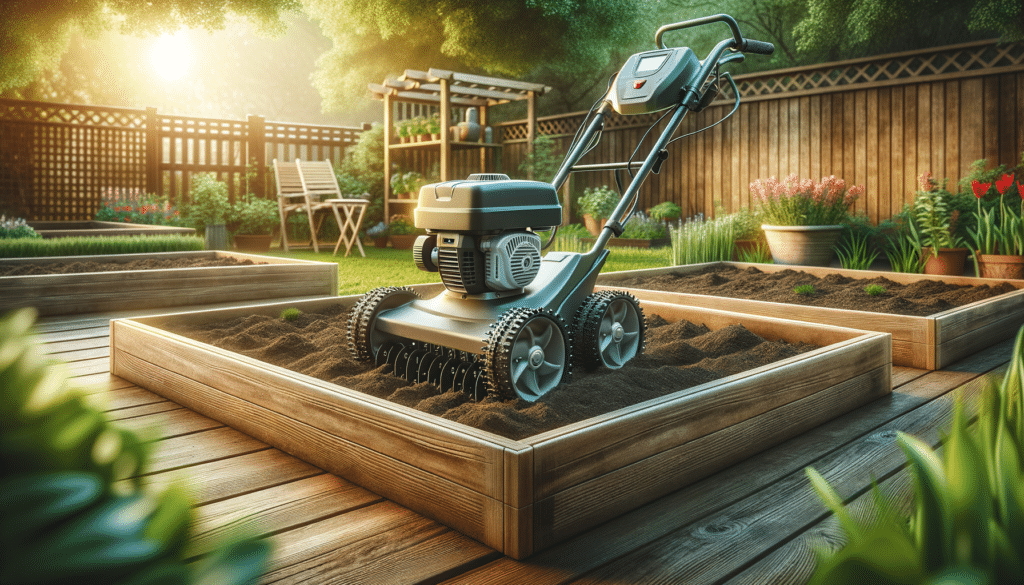Spring Garden Tiller Prep
As the first signs of spring emerge, gardeners everywhere are preparing their plots for another fruitful season. One of the most crucial steps in this process is preparing the soil, and a garden tiller is an invaluable tool for this task. Preparing your tiller for spring involves a few key steps that ensure it operates efficiently and effectively throughout the season.
First, inspect your tiller for any signs of wear or damage from the previous year. Check for rust, loose bolts, and worn-out tines. Replacing or repairing these components will prevent breakdowns later on. Next, change the oil and spark plugs if needed, and ensure the air filter is clean. A well-maintained engine will run more smoothly and extend the life of the tiller.
In addition to mechanical maintenance, consider the soil conditions in your garden. If the soil is too wet, wait until it dries out a bit to prevent compaction and damage to the soil structure. A simple test is to squeeze a handful of soil; if it crumbles easily, it’s ready to be tilled.
Lastly, plan your tilling strategy. Decide whether you will till the entire garden or just specific areas. Consider the type of plants you will grow and their soil requirements. By preparing both your tiller and your garden, you set the stage for a successful growing season.
Electric Tiller for Raised Beds
Raised beds have become increasingly popular among gardeners for their ease of maintenance and superior drainage. When it comes to preparing these beds for planting, an electric tiller can be an excellent choice. These tillers are lightweight, easy to maneuver, and environmentally friendly, making them ideal for the confined spaces of raised beds.
Electric tillers are particularly advantageous in urban settings where noise and emissions from gas-powered tillers may be a concern. They are also easier to start and maintain, as they don’t require fuel or oil changes. Simply plug them in, and they are ready to go.
When using an electric tiller in raised beds, consider the size and depth of the bed. Most electric tillers are designed for smaller spaces and can till to a depth of about 8 to 10 inches, which is sufficient for most raised beds. However, if your beds are deeper or you need to break up compacted soil, you might need to make multiple passes.
Electric tillers are also excellent for mixing in compost or other soil amendments, ensuring your plants have the nutrients they need to thrive. By choosing an electric tiller, you can efficiently prepare your raised beds while minimizing your environmental impact.
Rototiller for Backyard Garden
For larger backyard gardens, a rototiller is an essential tool that can save time and labor. These powerful machines are designed to break up hard, compacted soil, making them ideal for preparing large plots. When selecting a rototiller, consider the size of your garden and the type of soil you have.
Front-tine tillers are generally more maneuverable and suitable for smaller gardens, while rear-tine tillers offer more power and stability for larger areas. If your soil is particularly rocky or clay-heavy, a rear-tine tiller may be the better option as it can handle tougher conditions.
Before using a rototiller, clear the area of any large rocks or debris that could damage the machine. Then, mark out the area you plan to till. It’s often helpful to make multiple passes with the tiller, gradually increasing the depth with each pass. This method ensures a more thorough mixing of the soil and prevents the machine from becoming bogged down.
Incorporating organic matter, such as compost or well-rotted manure, during the tilling process can also enhance soil fertility. By using a rototiller, you can efficiently prepare your backyard garden, setting the stage for a bountiful harvest.


